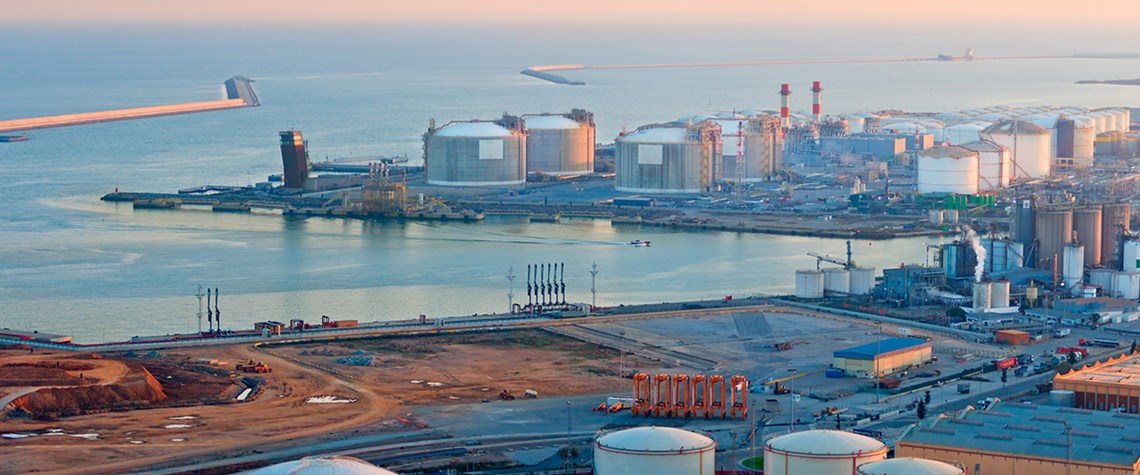LNG in Europe: The heat is on
Higher power demand due to hot weather helped pushed up European LNG demand in 2017. But the sector is far from buoyant
Liquefied natural gas imports to Europe rose in 2017, driven by demand from southern Europe, but the overall growth trend over the past decade has been weak, due to increased availability of pipeline gas and low gas-demand growth. Net LNG imports—after deducting reloaded cargoes—rose by 7.5m tonnes, or 19.5%, in 2017, largely due to an increase in power demand. But the gains were mostly in the south of the continent with a 9.1m-tonne increase in imports to terminals in France, Greece, Italy, Portugal, Spain and Turkey. The gas was for domestic use or pipeline export. This surge was prompted by low hydropower production, reduced nuclear output in France and hot summer weather around the Medit

Also in this section
24 July 2025
Despite significant crude projections over the next five years, Latin America’s largest economy could be forced to start importing unless action is taken
23 July 2025
The country’s energy minister explains in an exclusive interview how the country is taking a pragmatic and far-sighted approach to energy security and why he has great confidence in its oil sector
23 July 2025
Gas is unlikely to assume a major role in Albania’s energy mix for years to come, but two priority projects are making headway and helping to establish the sector
22 July 2025
The gas-hungry sector is set for rapid growth, and oil majors and some of the world’s largest LNG firms are investing in ammonia production and export facilities, though much depends on regulatory support








